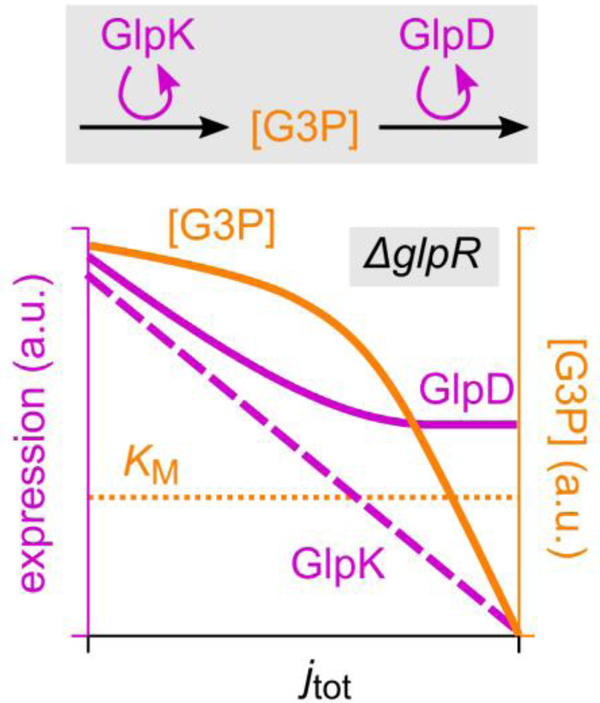Extended Data Figure 4. How differential regulation by cAMP-Crp can affect G3P concentration.
As demonstrated in Fig. 3b,c using the ΔglpR and ΔglpR glpK22 background, cAMP-Crp signaling affects the expression of the glpK and glpD genes differently: with increasing growth rate (decreasing cAMP-Crp transcriptional activation), glpK expression vanishes whereas glpD expression maintains a significant basal level. The figure illustrates how this differential regulation explains the marked growth-rate dependence of the G3P concentration observed in the ΔglpR glpK22 background (Fig. 4d).
G3P is the product of GlpK and the substrate of GlpD. The synthesis of G3P should therefore be proportional with the abundance of GlpK, while its turnover increases with both GlpD abundance and substrate concentration [G3P]. Flux balance then implies that [G3P] increases with the ratio of GlpK (purple dashed line; sketch based on Fig. 3b) to GlpD abundance (purple solid line; sketch based on Fig. 3c). This ratio reduces with increasing growth rate, so that the G3P concentration (solid orange line; sketch) reduces as well.
In strains without the ΔglpR mutation the same mechanism should act, but with an additional layer of amplification: Because both glpK and glpD expression are repressed by GlpR, an increase in its inducer G3P due to differential regulation has little effect until it is of the order of the Michaelis constant KM (horizontal dotted line) associated with the induction of GlpR, upon which glpK and glpD expression are induced and glycerol uptake is turned on.

